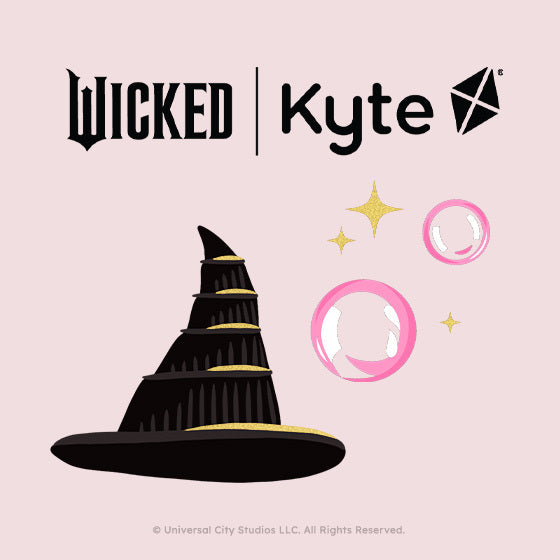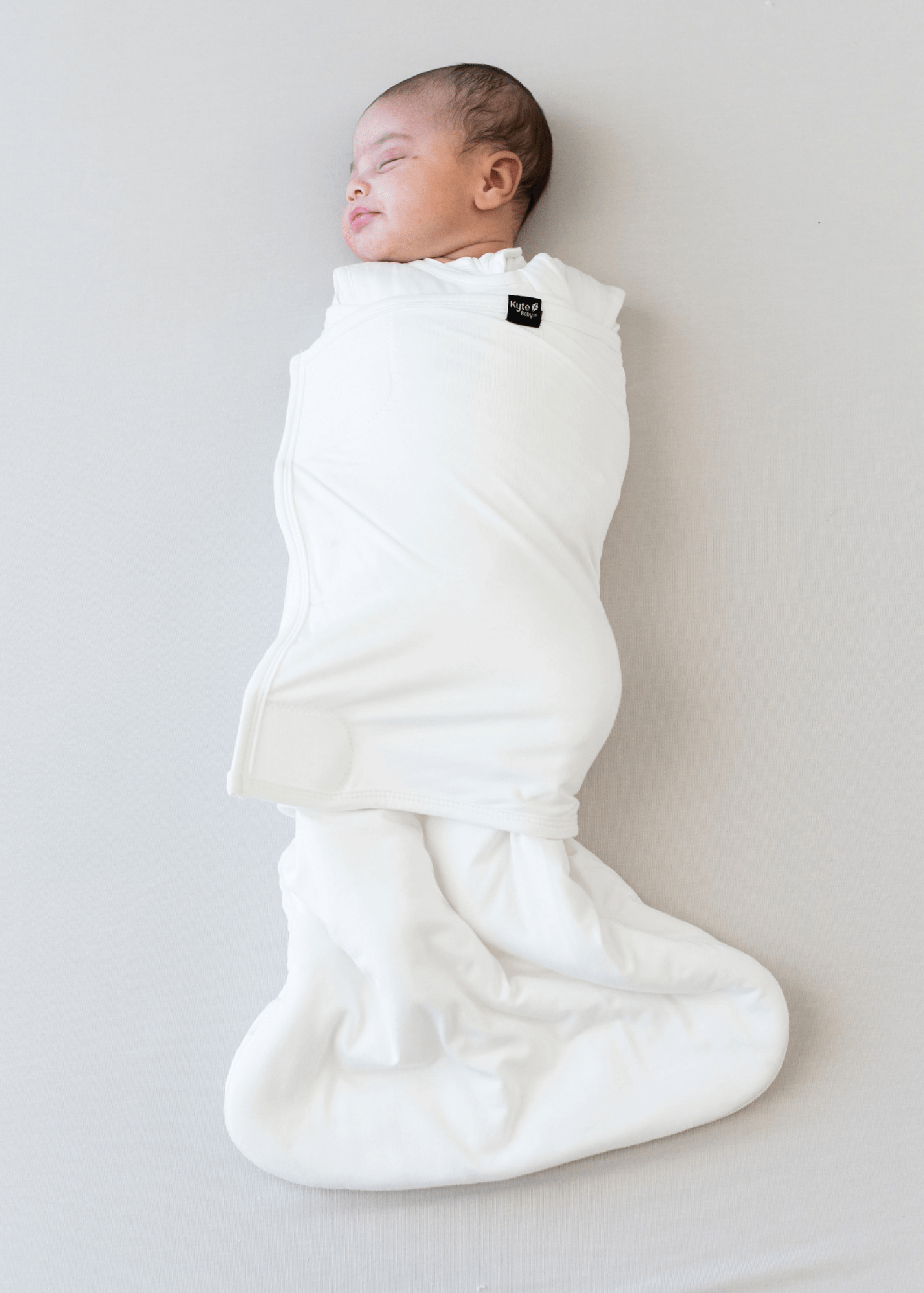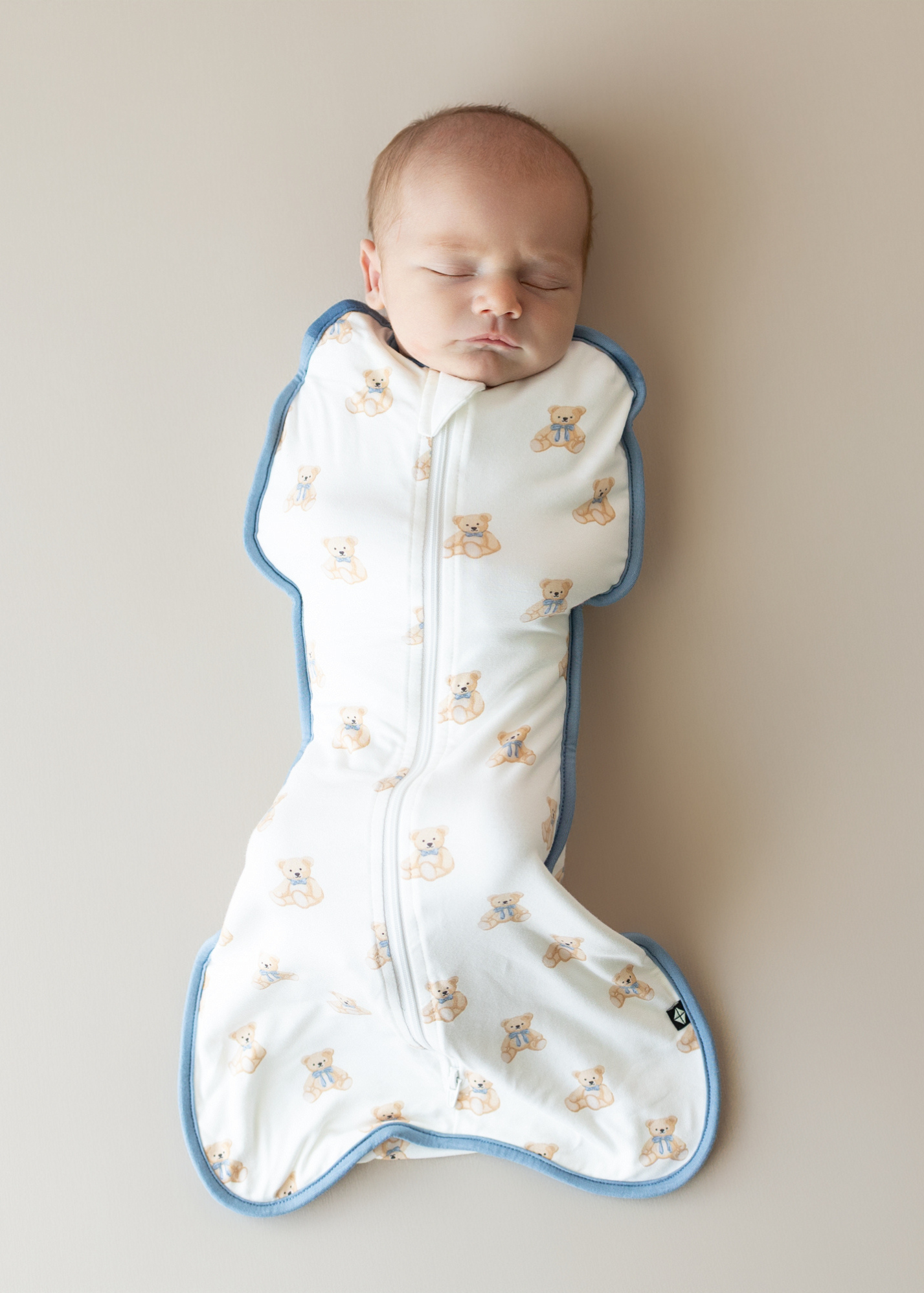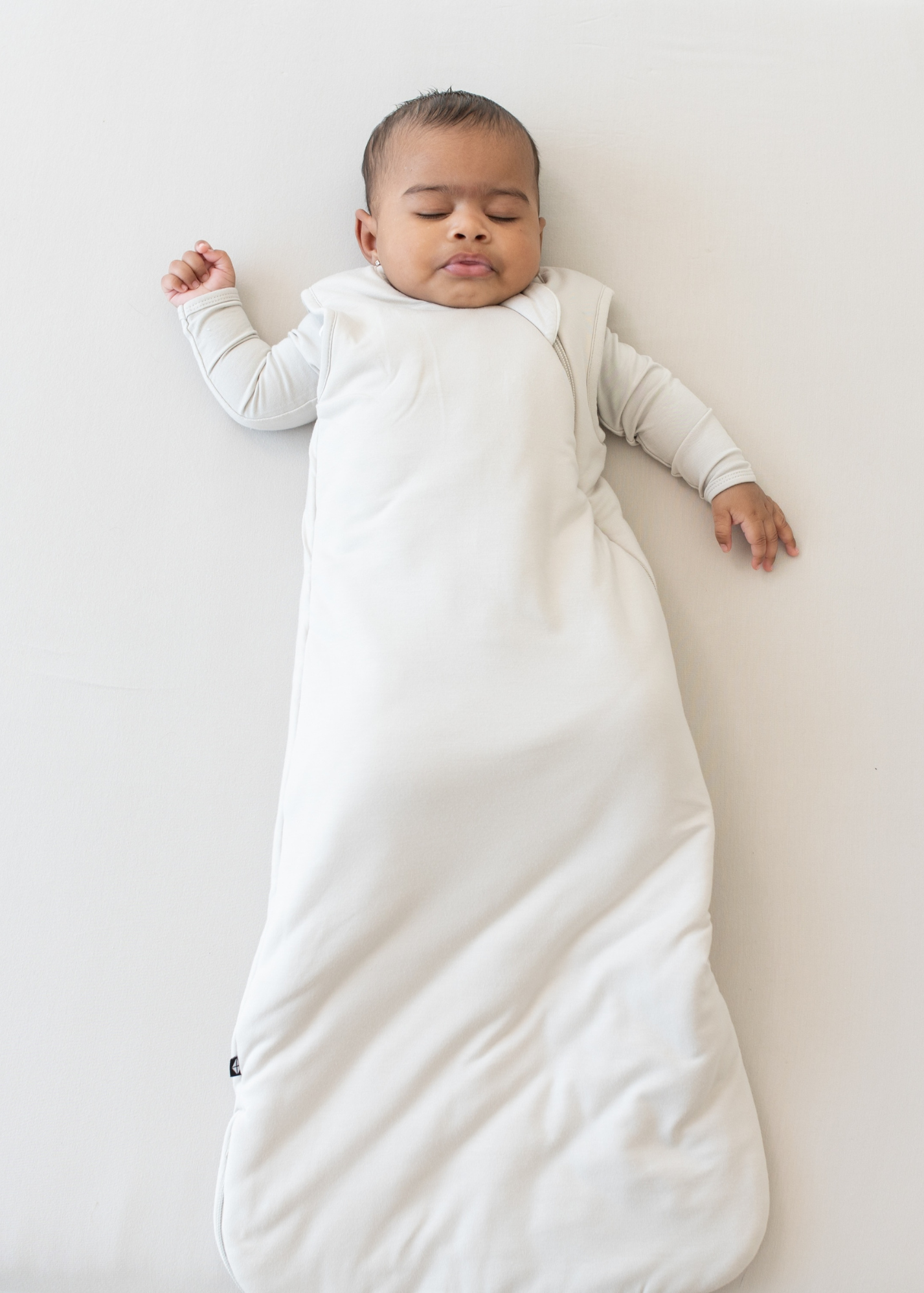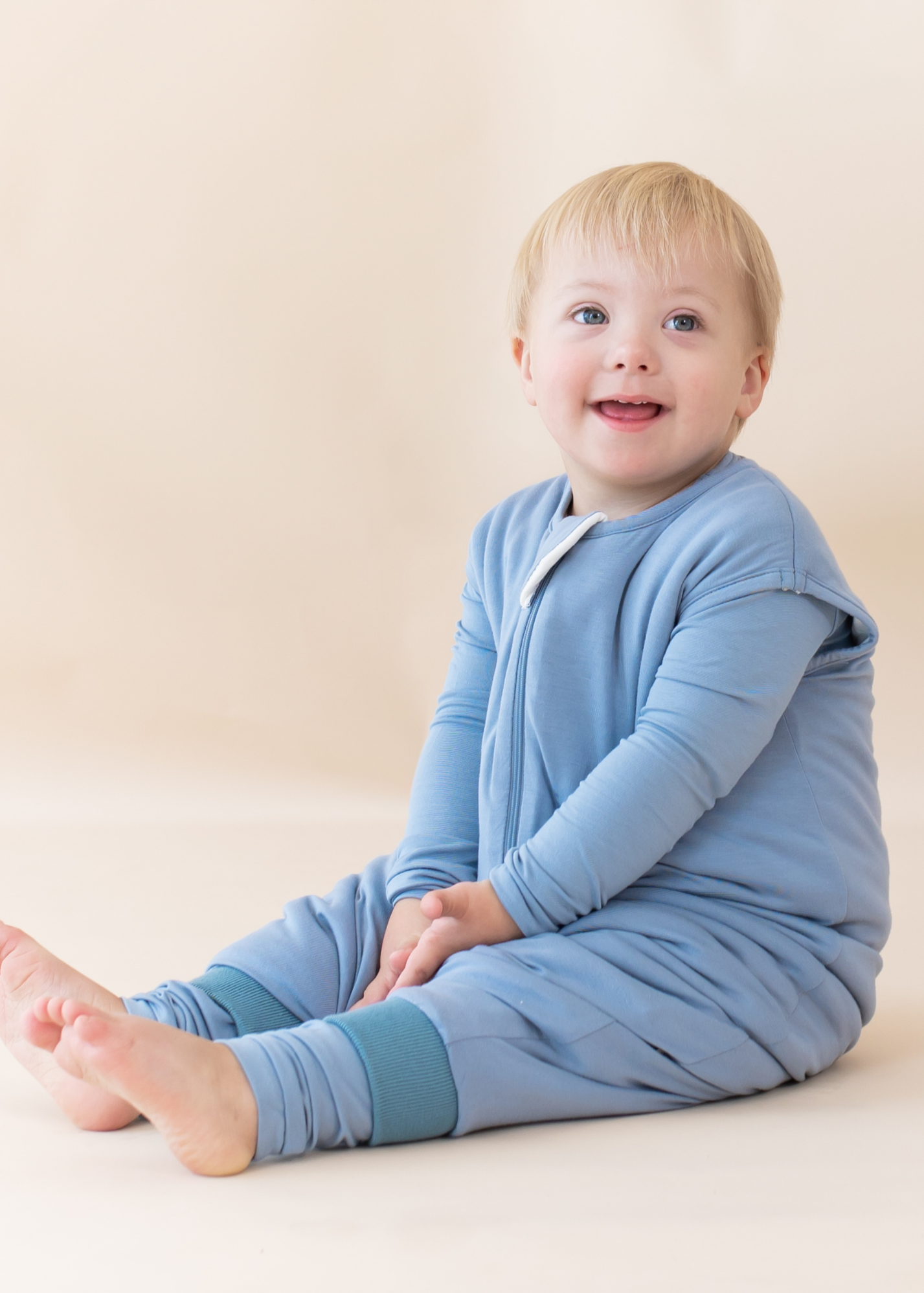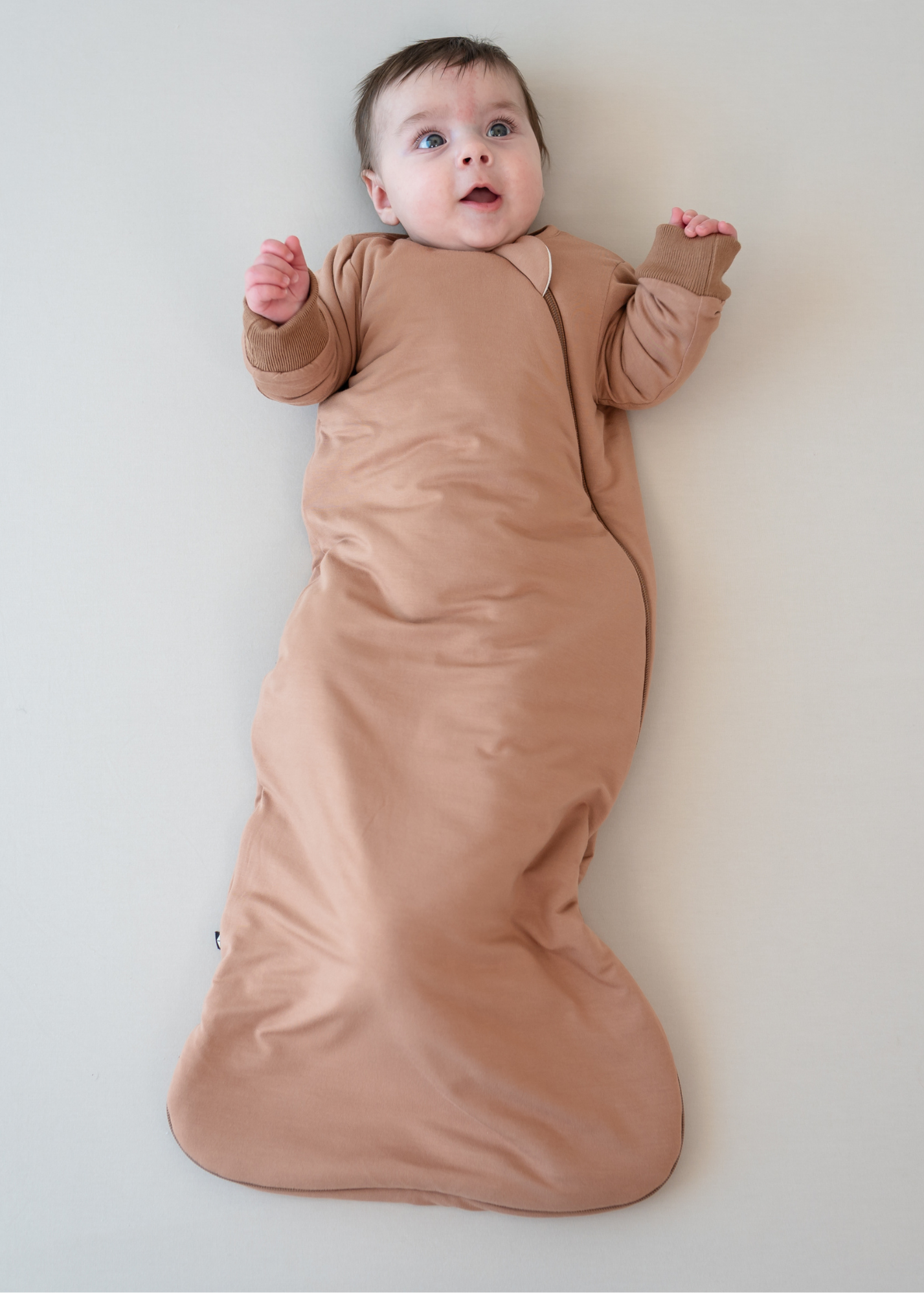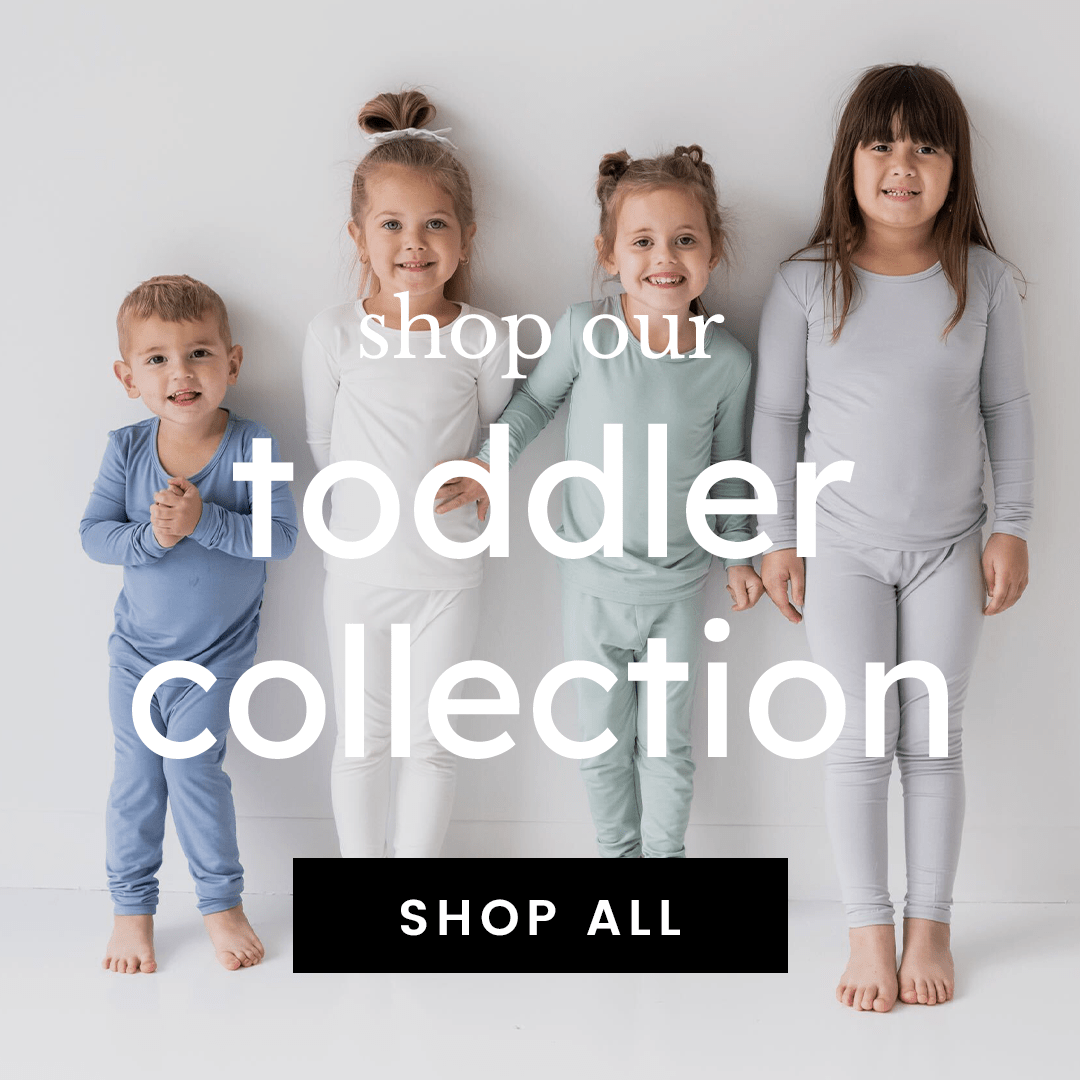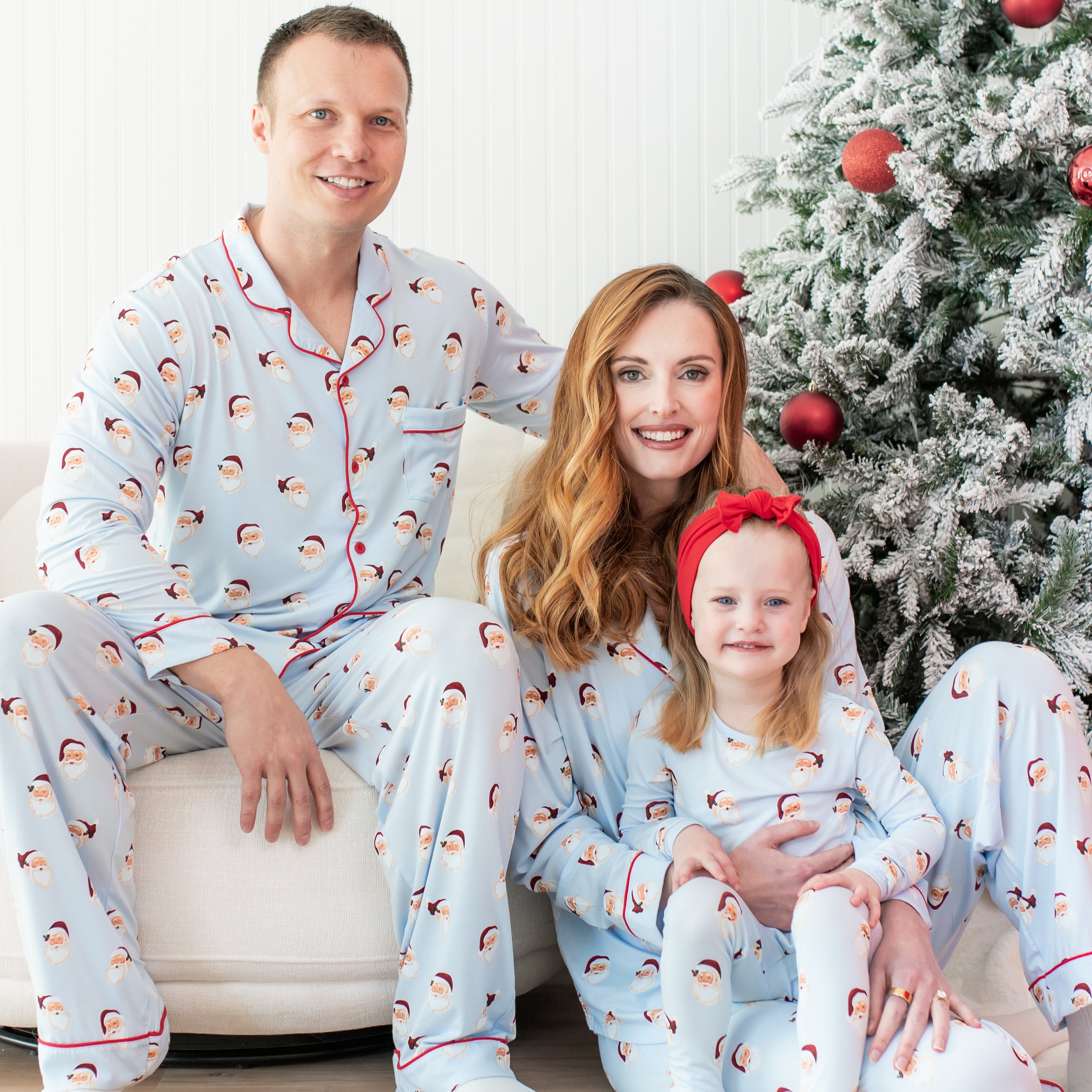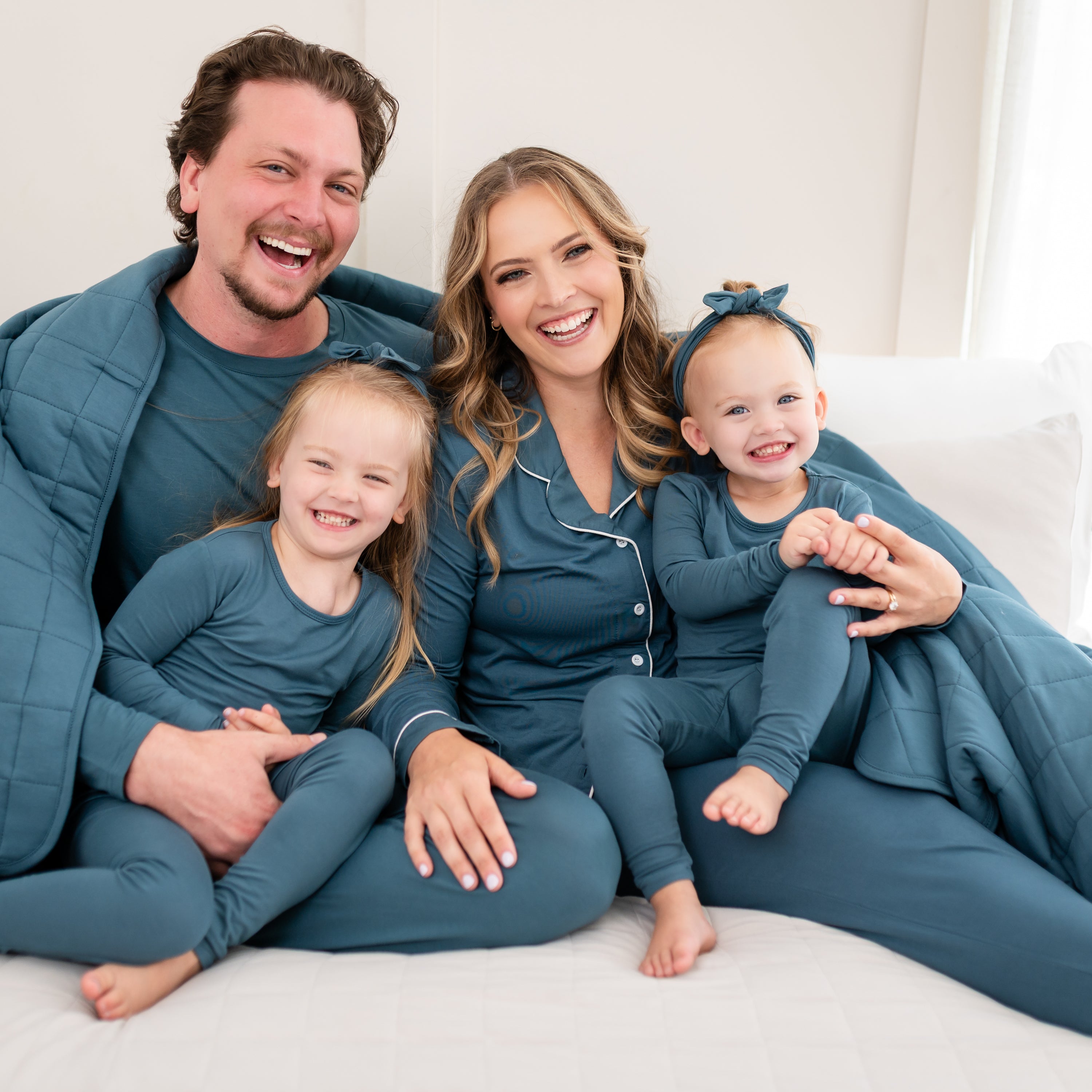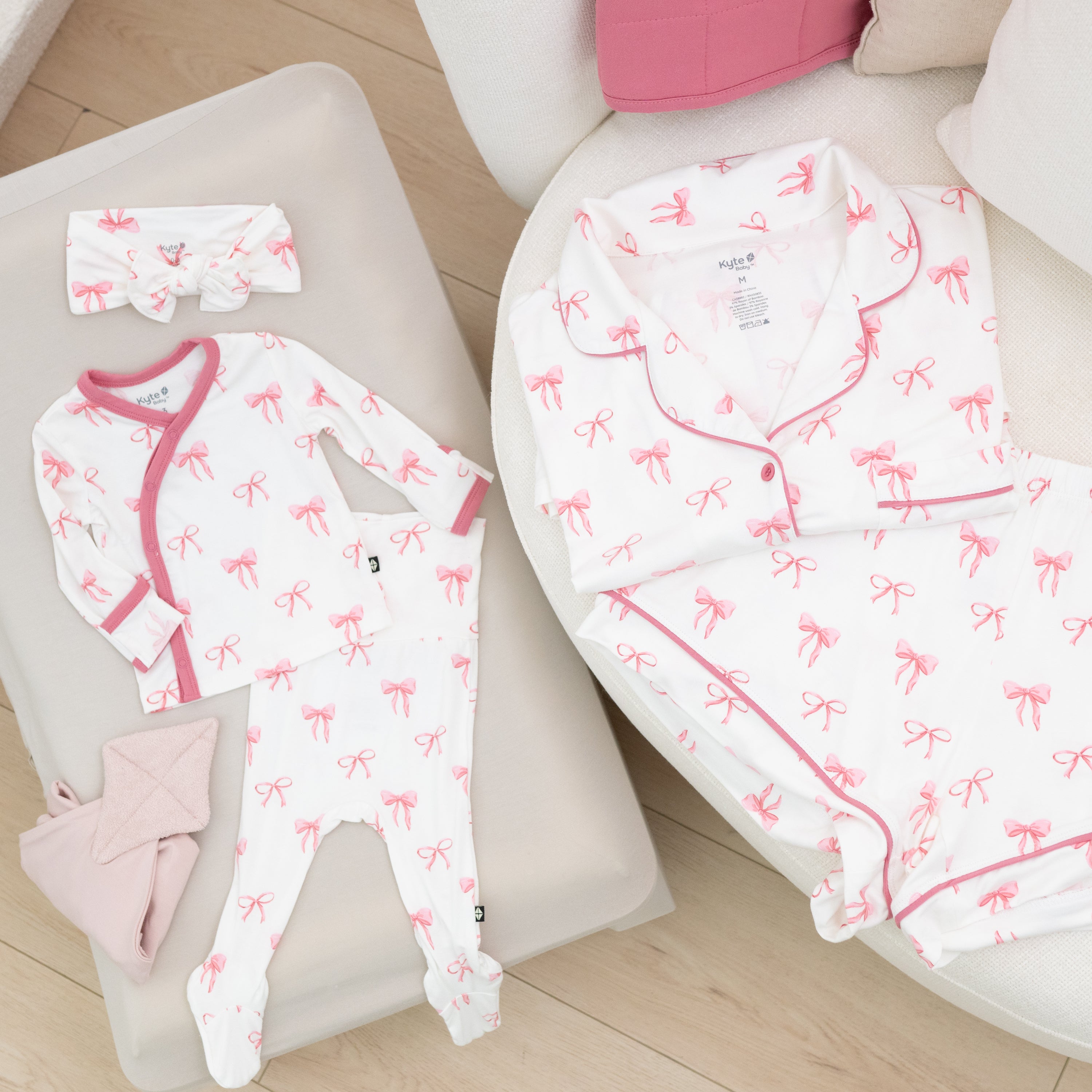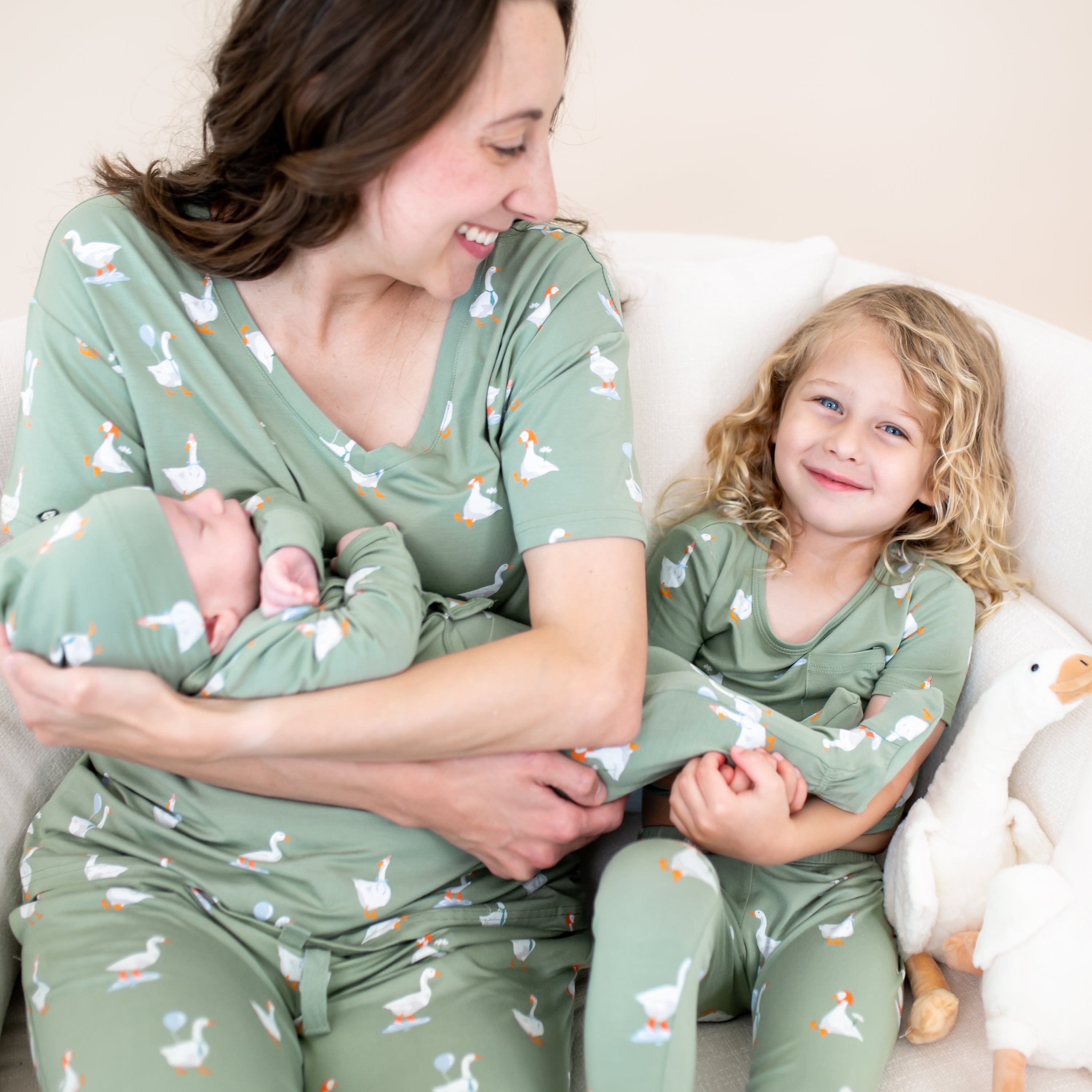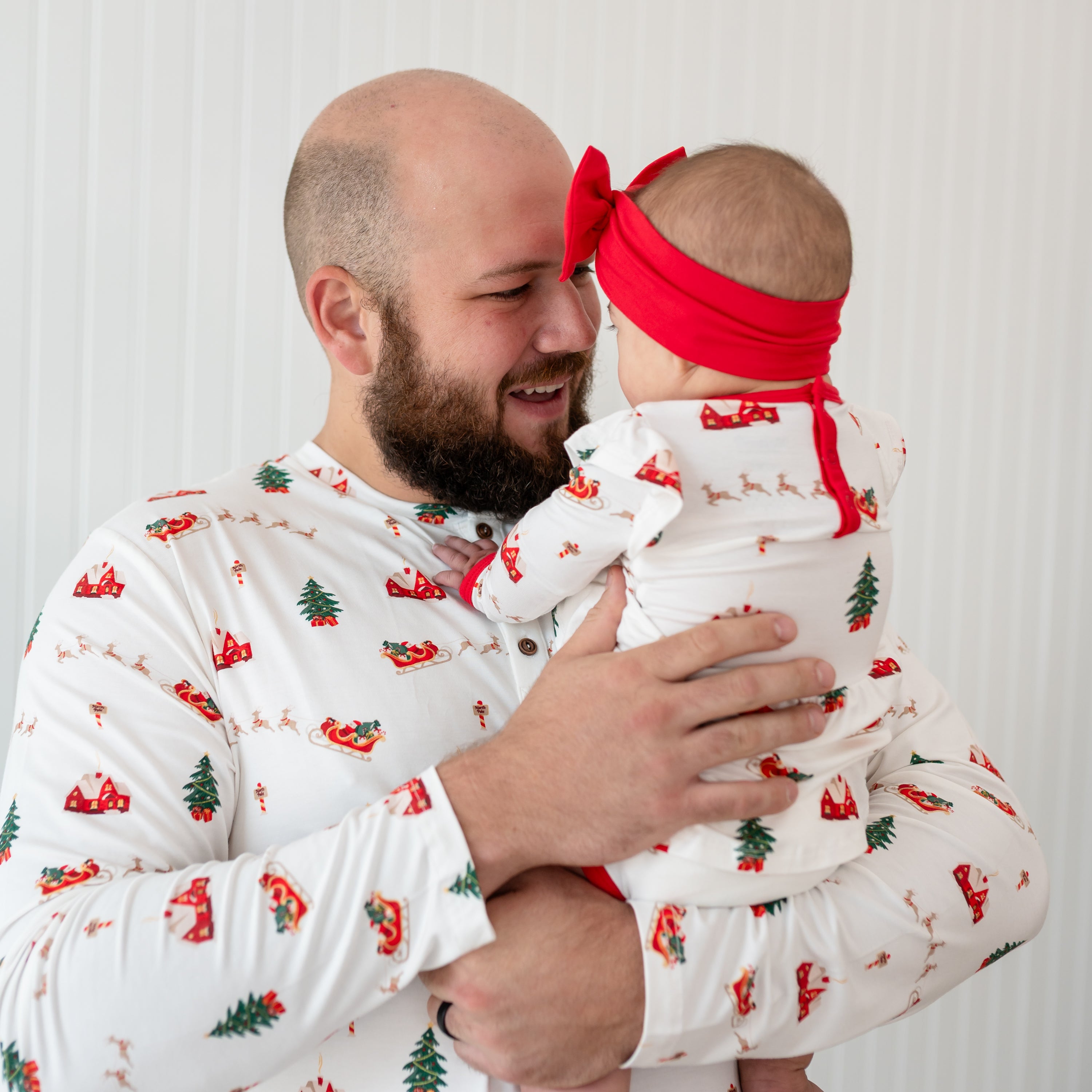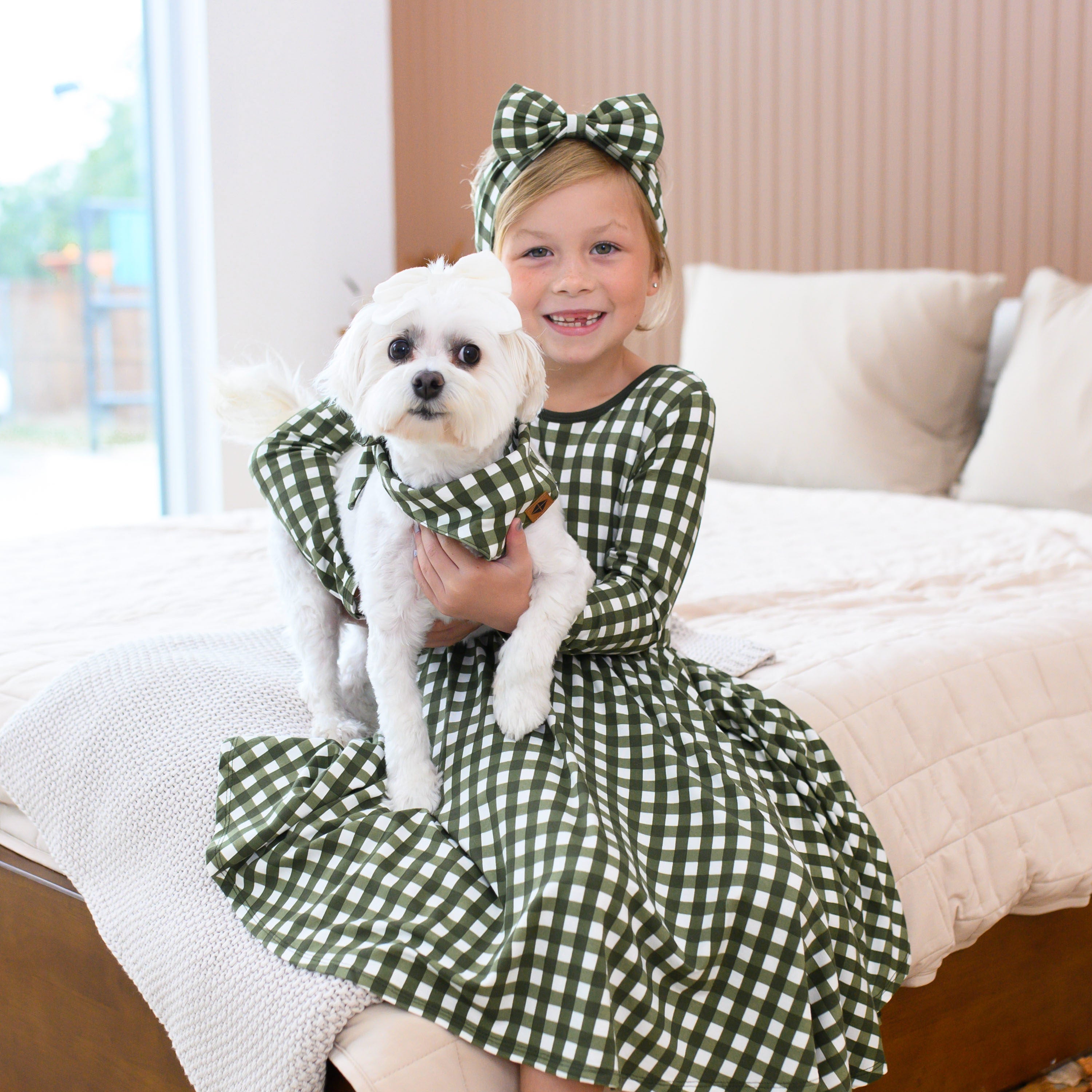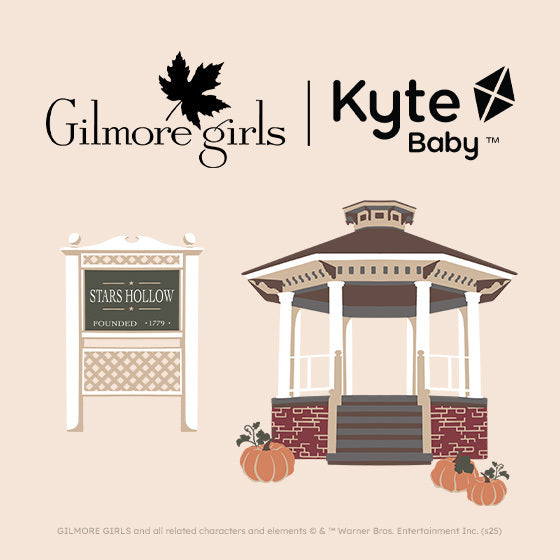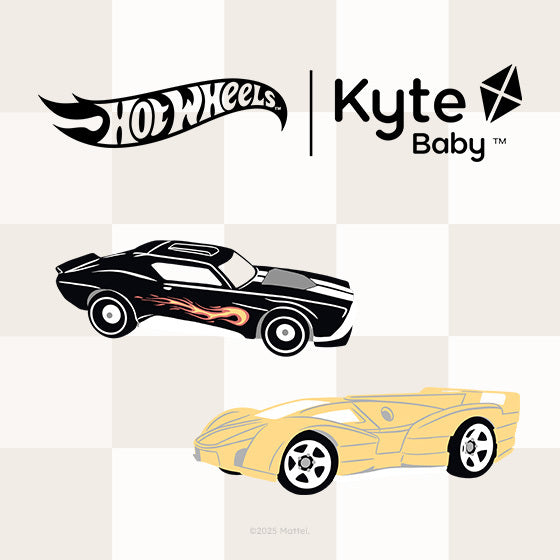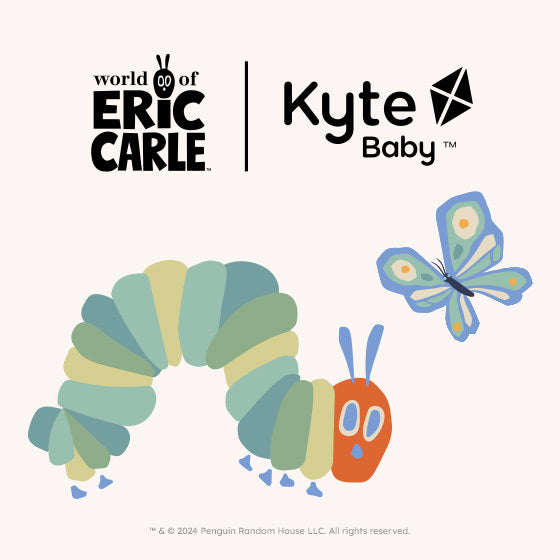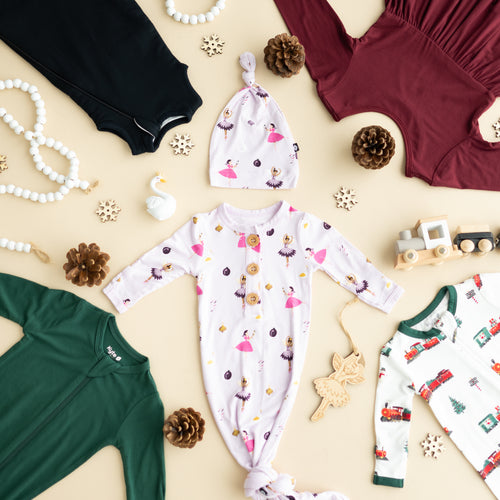How to Choose the Right Sleep Sack for Your Little One
Bringing a new baby home is a milestone that marks big changes for a family. Newborns require round-the-clock care, and although they’ll spend their first few weeks of life doing little more than sleeping and eating, it’s a big adjustment for everyone. Every day, your little one learns a little more about the big world they’ve come into, as well as their place in it.
Learning and growing happen best when we’re well-rested, and forming good sleep habits is one of the most important things that new parents can do for both themselves and their little ones. A sleep sack is one tool that can help maximize sleep for the entire family, so you can enjoy every delightful new surprise that your baby brings your way.
What is a Sleep Sack?
A sleep sack, like our Kyte Baby Sleep Bag, is a wearable blanket that zips snugly around your baby’s torso while allowing their legs to move freely for hip-healthy development. It is a safe sleep alternative to a loose blanket and it keeps your little one both safe and cozy in the crib.
This wearable blanket may be sleeveless or have long sleeves, and is available in various TOG ratings for different seasons and nursery temperatures. Whatever age or stage your babe is in, there’s an ideal sleep sack style to help them achieve a good night’s sleep.
Does My Baby Need a Sleep Sack?
Sleep sacks were designed as a safe alternative to loose blankets, and Kyte Baby sleep bags follow all safe sleep guidelines from the American Academy of Pediatrics (AAP) to keep your little one sleeping safely and soundly all night long. The AAP recommends that babies sleep alone in a crib with a tight-fitting mattress and no loose blankets.
A safe crib without loose blankets doesn’t have to mean subjecting your baby to the cold. Your baby craves a cozy sleep environment as much as (or more!) than we do. Wearable blankets provide soft, snuggly warmth that comforts them through the fourth trimester and beyond, while also giving parents the peace of mind to get some shut-eye themselves.
Sleep Sack vs. Swaddle
While similar in function, a swaddle and a sleep sack are very different sleep solutions that are generally appropriate for different ages. While a sleep sack, which lets babies keep their arms out, certainly can be used from birth and beyond, you may find that a more specialized tool, like a swaddle, better supports your newborn during their earliest weeks.
A swaddle is a specific style of sleep wrap that can be accomplished with either a thin blanket or a specifically designed wrap with Velcro or a zipper. A swaddle snugly wraps around your baby’s arms and torso, not unlike a burrito, to soothe them as they adjust to life outside the womb.
Why Swaddle Newborns?
The Moro reflex, also called the startle reflex, causes young babies to involuntarily flail their arms. As the name suggests, this reflex can startle babies and cause them to wake. A swaddle can inhibit this reflex by keeping a newborn baby’s arms snug and supported to prevent their arms from causing a wake-up.
Different Sleep Sack Styles
Babies develop at an astonishing rate during their first year of life. Sleep needs for newborns are different from sleep needs for little ones on the cusp of toddlerhood.
You can support your baby’s sleep at every stage of development with a wearable blanket that fits their growing body and activity levels and helps the whole family get better sleep. Kyte Baby offers four distinct styles of sleep sacks in stunning new fall colors and classic hues for newborns to preschoolers—and beyond!
- Sleep Bag Swaddler
- Sleep Bag
- Slumber Bag
- Sleep Bag Walker
The Kyte Baby Sleep Bag Swaddler

Our unique swaddler design is a two-in-one sleep solution that combines the original sleep bag with a removable Velcro wrap to snugly swaddle a newborn baby’s arms. This takes the guesswork out of swaddling and helps you and your little one get a few more hours of shut-eye without fussing with special wraps and tucks to get a snug fit.
When your baby reaches eight weeks old or begins to show signs of rolling over, simply remove the wrap. Without the swaddle band, the swaddler is easily converted into a silky soft, breathable sleep bag that can be used until your baby is ready to move into the next size up.
The Kyte Baby Sleep Bag
Our original sleep bag style is a fan favorite for a reason. It is sleeveless for comfortable movement and better temperature control. Layer our sleep bag over long-sleeved footies for cool weather, or use a bodysuit to let those little roly-poly arms breathe during the warmer months. The body of the sleep sack is long and roomy to accommodate growth spurts and even the most active little legs.
Some of our favorite sleep bag features that can also be seen across the different product styles include a J-shaped dual zipper across the front of the garment for quick and convenient diaper changes in the middle of the night. Soft, breathable rayon made from bamboo ensures that your baby is comfortable all night, making for sweeter sleep and brighter mornings for all.
The Kyte Baby Slumber Bag

Our traditional sleep sack gets a cozy upgrade in the Kyte Baby slumber bag! Long sleeves and a mid-weight fabric make the slumber bag a comfy addition to your baby’s winter wardrobe.
Breathable fabric means better temperature regulation so that your baby stays warm without overheating. The slumber bag’s midweight 1.0 TOG fabric means it’s also easy to layer underneath, giving you versatility throughout the year. Keep your little one perfectly comfortable and snug with this long-sleeved version of everyone’s favorite sleep bag.
The Kyte Baby Sleep Bag Walker
The stretchy ankle cuffs keep this sleep bag warm and non-restrictive, while allowing crawlers and toddlers to explore their crib (and beyond). Parents may want to switch from a traditional sleep bag to a walker once their little ones begin crawling.
What is a TOG Rating?
A TOG rating, or Thermal Overall Grade, is the measurement of how warm a product is. Kyte Baby products are available in three different TOG ratings to help you choose the perfect warmth level for your baby. Selecting the appropriate TOG can help your baby regulate their body temperature, keeping them from overheating and avoiding unnecessary wakings due to discomfort.
The TOG rating for your garment should reference the temperature of your child’s nursery rather than the outdoor temperature. The lower the temperature in your home, the higher the TOG you should choose.
 What Temperatures Correspond to Which TOG Ratings?
What Temperatures Correspond to Which TOG Ratings?
- 0.5 TOG: for room temperatures between 74-78º F
- 1.0 TOG: for room temperatures between 69-73º F
- 2.5 TOG: for room temperatures between 61-68º F
Right Environment for a 0.5 TOG Sleep Bag
Our lightest-weight 0.5 TOG sleep sacks are ideal for warm rooms. Layer a 0.5 TOG wearable blanket over just a diaper or a short-sleeved onesie in balmy weather and temps between 74-78º F.
Best Conditions for a 1.0 TOG Sleep Bag
A 1.0 TOG is a versatile all-season weight. Ideal for rooms between 69-73º F, a 1.0 TOG sleep bag easily layers over short or long-sleeve pajamas to customize your baby’s sleepwear throughout the year.
For room temperatures lower than 69º F, consider layering a 1.0 TOG wearable blanket over a footie pajama with an additional onesie for an extra layer of warmth. Alternatively, move up to a warmer TOG.
When to Use 2.5 TOG Sleep Bag
For colder weather and room temperatures that have dipped between 61-68º F, a warmer TOG is in order. The 2.5 TOG sleep bag is our warmest option that will keep your baby snug even on the chilliest nights. Use a 2.5 TOG sleep bag over long-sleeved footed pajamas. If the room temperature falls below 61º F, add an additional long-sleeved onesie for extra warmth.
How Are Sleep Sacks Sized?

It can be hard to keep up with a baby’s non-stop growth. Many babies grow a staggering 10 inches in their first year. No wonder those cute onesies are always too short!
Luckily, our wearable blankets are designed to maximize your baby’s use before having to size up. The Kyte Baby sleep bag uses easy-to-understand sizing that ranges from XS to XL. Ensure that you choose the correct size so that the sleep bag will fit snugly around your infant’s torso and shoulders to prevent the fabric from riding up and blocking their airway.
Sleep bags are available in the following sizes:
- XS: Fits babies 7-13 lbs. and 20-25” long
- S: Fits babies 14-20 lbs. and 22-27” long
- M: Fits babies 18-30 lbs. and 26-33” long
- L: Fits toddlers 28-42 lbs. and 33-40” tall
- XL: Fits toddlers 38-50 lbs. and 37-47” tall
The Kyte Baby Difference
Kyte Baby sleep bags feature breathable rayon made from 97% bamboo to help support good sleep hygiene and, in turn, help the whole family get better sleep. Adding a wearable blanket to your bedtime routine helps cue your baby that it is time to rest.
The buttery-soft fabric is gentle on sensitive skin and soothes your baby to sleep.
Rayon made from bamboo has numerous benefits, including helping babies sleep 3 degrees cooler than they would in cotton. It is also hypoallergenic, supporting safe sleep and healthy airways. Our OEKO TEX Standard 100-certified fabrics are free of chemicals that are harmful to your baby and the environment, so you can rest easy, knowing they’re sleeping in the softest and safest clothing.
Common Sleep Sack Questions Answered
There are many different products available that claim to support your baby for their best night’s sleep. How do you know what’s safe, what’s actually effective, and what’s just plain nonsense?
You are your baby’s biggest advocate, and asking good questions is the key to finding what works for your little one and keeping your household happy and rested. Here are six frequently asked sleep sack questions and their answers:
At What Age Is It Safe to Use Sleep Sacks?
The AAP issues safe sleep guidelines to help parents keep their little ones safe while getting the rest they need. The AAP recommends avoiding loose blankets, toys, and other soft items in your little one’s crib and instead suggests wearable blankets. Wearable blankets, like sleep bags, keep your baby warm while avoiding the dangers of suffocation and entrapment.
Wearable blankets are safe for newborns and throughout infancy. When a child begins crawling and walking, switching to a walker-style sleep sack provides increased mobility and prevents tripping.
Are There Downsides to Using Sleep Sacks?
Sleep sacks can pose challenges to new parents and sleepy babies if the garment isn’t chosen carefully. Ensure that you have the appropriate size and TOG rating to avoid restricting baby’s movement or causing them to overheat or be too cold.
Following Kyte Baby’s size guides and TOG rating recommendations ensures that you have the appropriate sleep bag for your baby and nursery temperature. Make sure that the wearable blanket you choose also uses a high-quality dual zipper to prevent waking your baby or causing them discomfort during nighttime diaper changes.
When Should You Switch from Swaddles to Sleep Sacks?
Because a swaddle restricts a baby’s movements, it’s important to stop using them when your little one can roll over on their own. At around eight weeks of age or when they begin showing signs of rolling (whichever is first), swap from a swaddle to a traditional sleep sack.
When Do You Stop Using a Sleep Sack?
Unlike swaddles, sleep sacks don’t have an expiration date. In fact, Kyte Baby even offers a sleep sack walker in adult sizes! Why should babies have all the fun? As long as your chosen wearable blanket is an appropriate size and style for your child, there is no danger from continued use.
What To Wear Under a Sleep Sack?
A sleep sack offers flexibility in how you dress your little one for bed to ensure that they’re comfortable and warm throughout the night. Depending on the TOG you choose for your sleep bag, you can dress your baby in just a diaper or add layers, like footed pajamas, over a bodysuit.
What Size Sleep Sack Do I Choose?
Kyte Baby sleep bags are conveniently sized from XS to XL for little ones from 7 to 50 pounds. Our sleep bags have a long length and generous fit to allow plenty of room for growing. Refer to our handy size guide to choose the perfect size for your little one. Adding a sleep sack to your baby’s layette can help the entire family sleep better.
Select the best style, size, and weight for your wearable blanket to add precious hours to your baby’s sleep during a season where every minute of rest counts. Sleep easy and wake bright-eyed to enjoy each new day with your little one.




